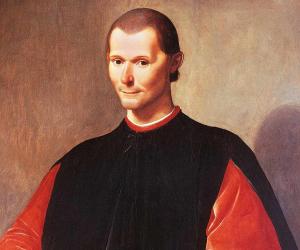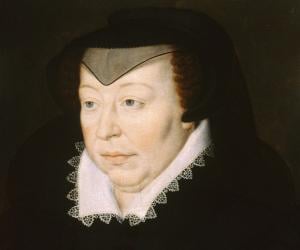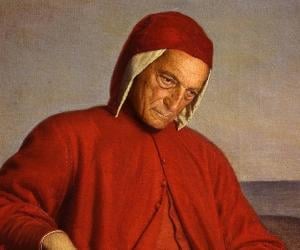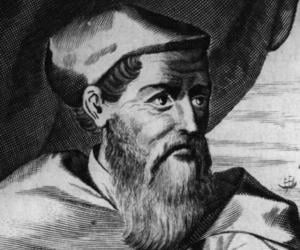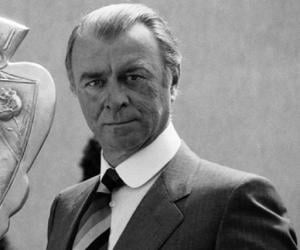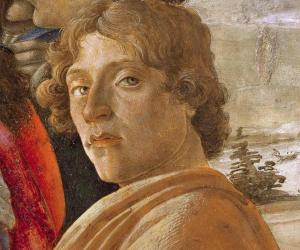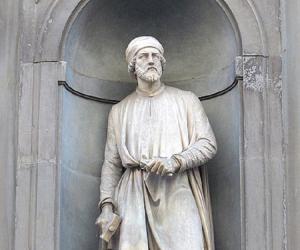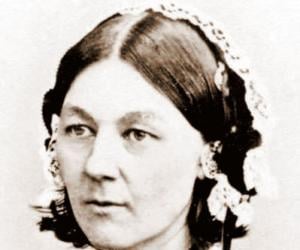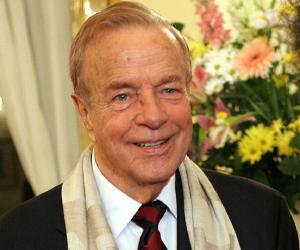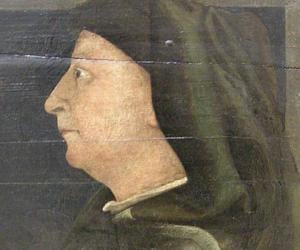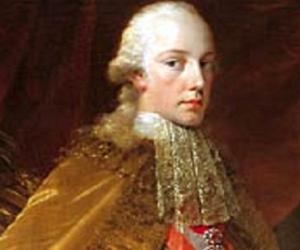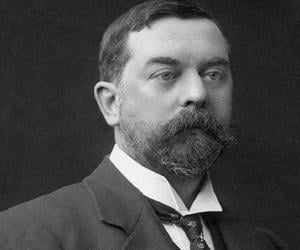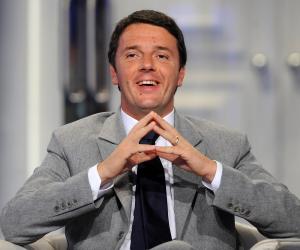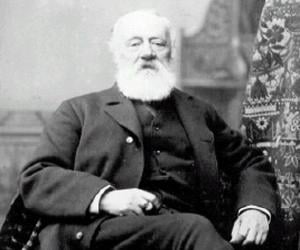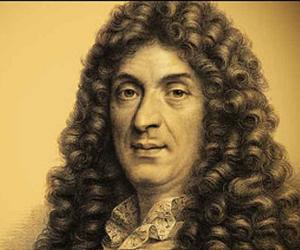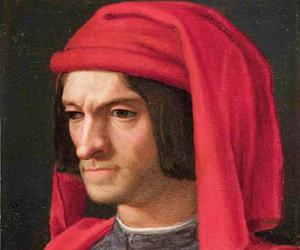Catherine de' Medici was an Italian noblewoman who played a key role in the political affairs of France during the rule of her sons, a period which came to be known as the age of Catherine de' Medici. Catherine is credited with saving the monarchy from deposition during the French Wars of Religion.
Dante Alighieri was an Italian writer, poet, and philosopher. His work Divine Comedy is widely regarded as the greatest literary work ever produced in the Italian language and the most prominent poem of the Middle Ages. Often referred to as the father of the Italian language, Dante Alighieri played a crucial role in establishing the Italian literature.
Amerigo Vespucci was a merchant, navigator, and explorer. Credited with participating in two major voyages of the Age of Discovery, Vespucci's claim that the New World represented a new continent inspired cartographers to associate the name America (a Latinized form of his first name) to the newly discovered continents.
Donatello was an Italian sculptor best remembered for his most famous work, David, which is often viewed as the first major work of Renaissance sculpture. Donatello is one of the most popular Italian sculptors of all time. He was played by English actor Ben Starr in a historical drama TV series titled Medici: Masters of Florence.
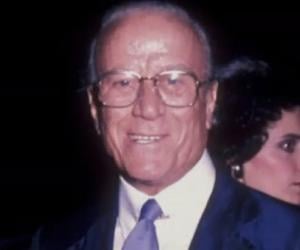
Franco Zeffirelli went from being a budding architect to a director after watching Laurence Olivier’s Henry V. Starting as a costume/set designer, he gradually deviated to making Shakespearean adaptations, earning an Academy Award nomination with Romeo and Juliet. The openly gay filmmaker was later accused of sexual assaulting two actors.
Filippo Brunelleschi was an Italian architect, sculptor, and designer. Regarded as Renaissance architecture's founding father, Brunelleschi is hailed as the first modern engineer. Among his famous accomplishments is the design of the dome of the Florence Cathedral. He is also credited with inventing hydraulic machinery and designing machinery that was used in churches to re-enact Biblical stories through theatrical performances.
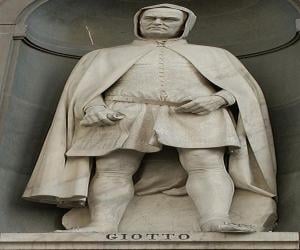
Fourteenth-century Italian painter and architect Giotto was one of the chief figures of the Early Renaissance. Mostly taught by Florentine painter Cimabue, Giotto grew up to paint masterpieces such as the frescoes of the Arena Chapel in Padua. He works consisted of human beings and Christian themes.
John Singer Sargent, an artist active in the late 19th and early 20th centuries, was considered the "leading portrait painter of his generation." Prolific in his output, he created more than 2,000 watercolors and around 900 oil paintings. He also made numerous sketches and charcoal drawings. He painted with remarkable technical acumen and was internationally known for his expertise.
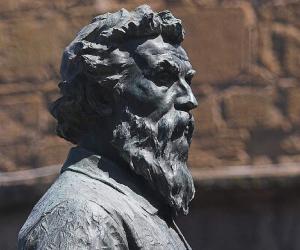
Benvenuto Cellini was a 16th-century Italian goldsmith, sculptor, draftsman, and artist. The multifaceted artist wrote poetry and a famous autobiography as well. An important figure in Mannerism, he is known for creating pieces, such as the Cellini Salt Cellar and Perseus with the Head of Medusa. He was a member of the prestigious Accademia delle Arti del Disegno of Florence.
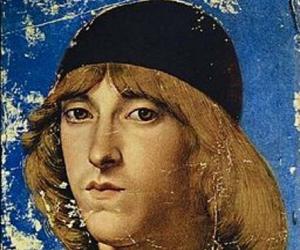
A 15th-century lord of Florence, Piero the Unfortunate was the eldest son of Italian statesman Lorenzo de' Medici. Throughout his 2-year rule, he made foolish errors such as making an agreement accepting all the demands of French king Charles VIII, leading to a revolt in his kingdom.
Born to Italian parents, Jean-Baptiste Lully grew up to be a legendary composer who ruled the French courts. He started his journey as a violinist in Louis XIV’s band and later came to be known for his tragic operas. He had also apparently invented the French overture.
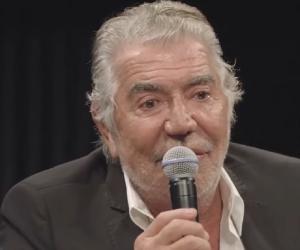
Roberto Cavalli is an Italian inventor and fashion designer. He is credited with founding the popular luxury fashion company, Roberto Cavalli S.p.A., which sells leather accessories, perfume, and luxury clothing. Over the years, Cavalli’s company has worked with many leading models like Jessica Stam, Natasha Poly, and Eva Riccobono.
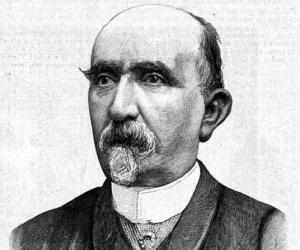
Carlo Collodi was an Italian journalist, author, and humorist. He is best remembered for his popular children's novel The Adventures of Pinocchio. The novel and its title character Pinocchio achieved international recognition when Disney adapted it into an animated musical fantasy film titled Pinocchio; the film went on to become one of the greatest films ever produced by Disney.
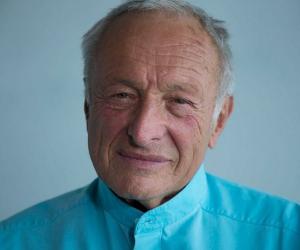
Richard Rogers is an Italian-British architect best known for his functionalist and modernist designs in high-tech architecture. Rogers is recognized for his work on popular buildings like Lloyd's building in London, the Pompidou Centre in Paris, and the building of the European Court of Human Rights in Strasbourg. He is the recipient of many awards, including the Thomas Jefferson Medal.
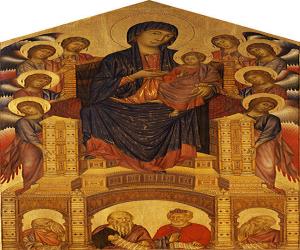
Italian painter and mosaicist Cimabue was one of the last Byzantine artists. His frescoes adorn the upper church of S. Francesco, Assisi. Though not much is known about his life, Cimabue found a mention in Dante’s Purgatorio, the second part of the iconic narrative poem The Divine Comedy.
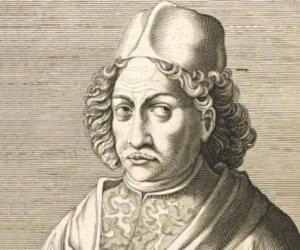
Andrea del Verrocchio was an Italian sculptor, painter, and goldsmith. He was a master of an important workshop in Florence and his pupils included famous men like Leonardo da Vinci, Lorenzo di Credi, and Pietro Perugino. As a sculptor, he is best known for his masterpiece, the Equestrian statue of Bartolomeo Colleoni in Venice.
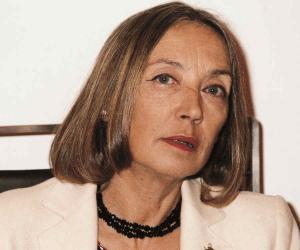
Oriana Fallaci was an Italian author, journalist, and political interviewer. She achieved international recognition during the '60s, '70s, and '80s for her long and revealing interviews with several world leaders, including Indira Gandhi, Yasser Arafat, Willy Brandt, and Nguyễn Văn Thiệu. Fallaci had a successful journalistic career and won important awards like the Bancarella Prize and the St. Vincent Prize.
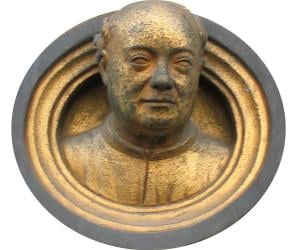
Lorenzo Ghiberti was a Florentine Italian artist considered a major figure of the Early Renaissance. He is best known as the creator of the bronze doors of the Florence Baptistery, also called the Gates of Paradise. He was a trained goldsmith and ran a famous workshop for metal sculpture. His son Vittorio followed in his footsteps as a goldsmith.
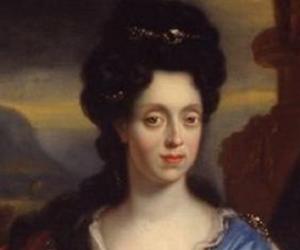
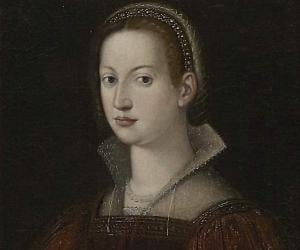
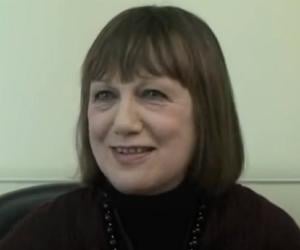
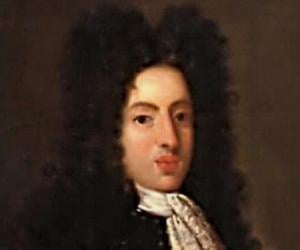
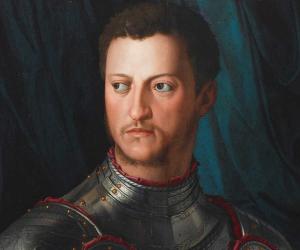
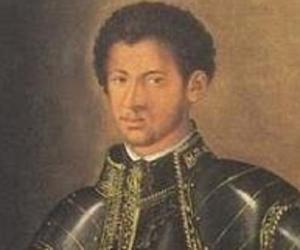
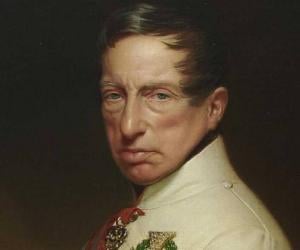
Archduke Charles, Duke of Teschen, son of Emperor Leopold II, was a major force behind strengthening the Austrian army in early 19th century. He is remembered for his exploits in the French Revolutionary Wars. Though initially successful in the Napoleonic Wars, he was defeated in the Battle of Wagram.
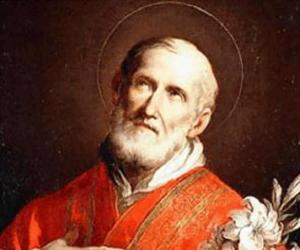
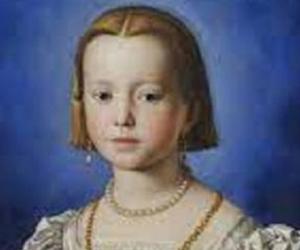


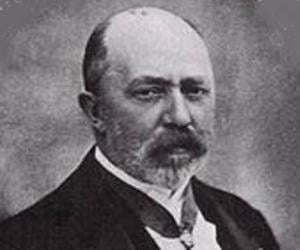
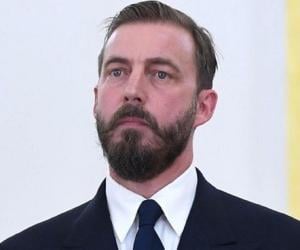
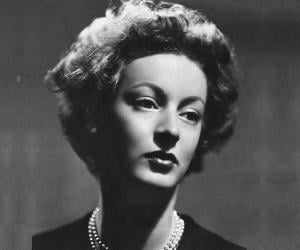
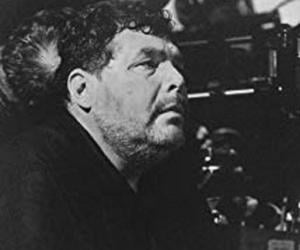
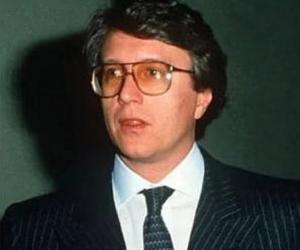
Maurizio Gucci was an Italian businessman. The grandson of Guccio Gucci, Maurizio served as the chairman of the Gucci group in the early-1990s. At the age of 46, Maurizio was shot dead by a hitman hired by his ex-wife Patrizia Reggiani. The murder inspired Sara Forden's book The House of Gucci, which has been adapted into a biographical crime film.
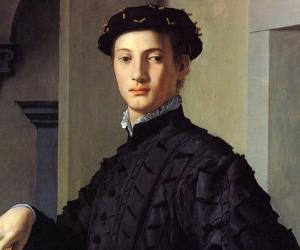
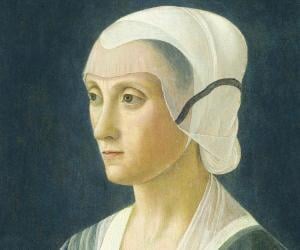
Lorenzo de' Medici was an Italian statesman. Nicknamed Lorenzo the Magnificent, de' Medici was the most enthusiastic and powerful patron of Renaissance culture in Italy. He is credited with providing sponsorships to artists like Michelangelo and Botticelli, thereby contributing indirectly to the development of art in the Republic of Florence. His life and work inspired a couple of TV series.
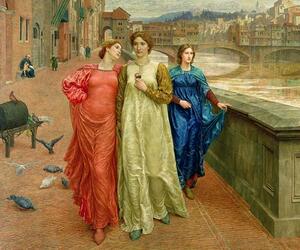
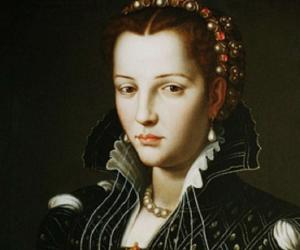
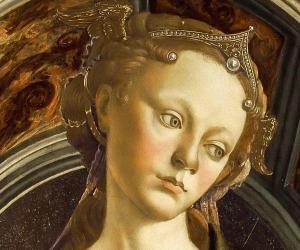
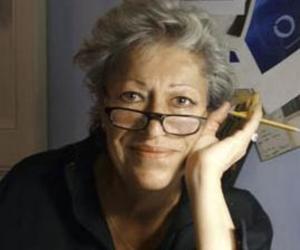
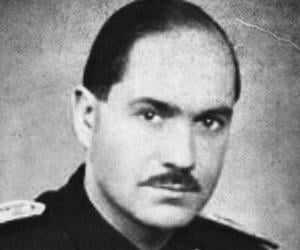
Alessandro Pavolini was an Italian politician and journalist. A qualified lawyer, he supported Benito Mussolini's fascist movement during World War II. He was notorious for his cruelty against the opponents of fascism. He eventually became the president of the Fascist Confederation of Professionals and Artists. He was finally executed by the partisans in 1945.
